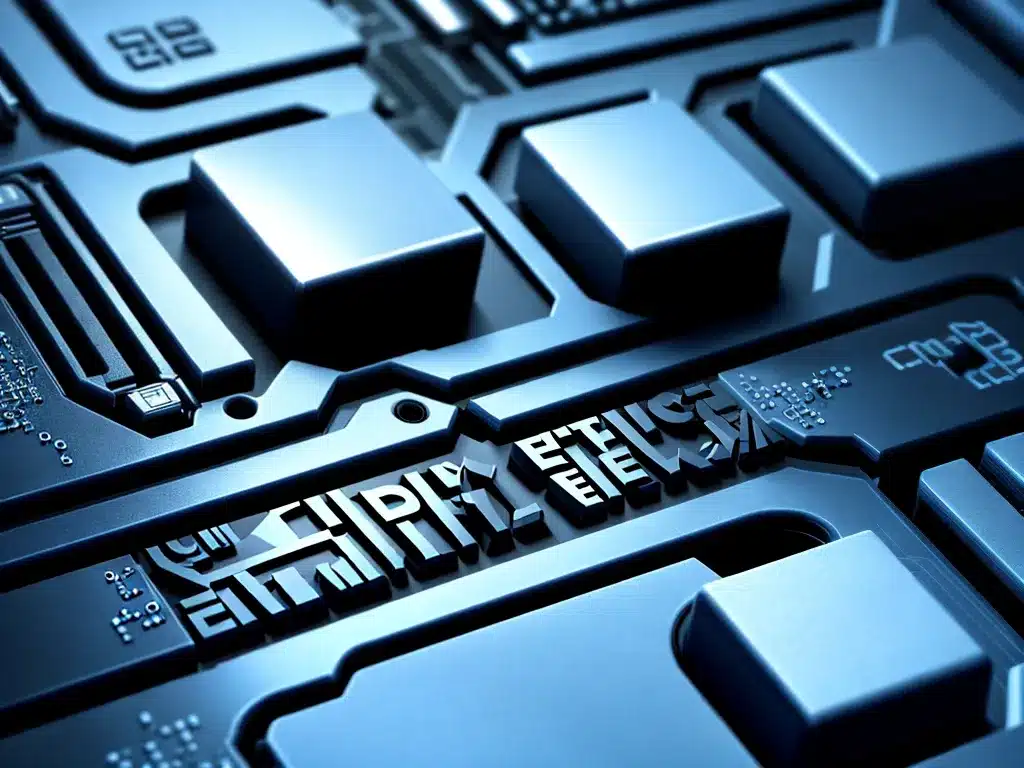Introduction
Legacy systems are software applications or hardware infrastructure that organizations continue using even though newer technology has become available. As an IT professional, I often face the dilemma of whether to upgrade legacy systems or continue operating them in their current state. In this article, I will examine the security risks of legacy systems and discuss factors to consider when deciding whether to upgrade them.
The Risks of Using Legacy Systems
Legacy systems often rely on outdated software, hardware, and protocols that can pose major security vulnerabilities. Here are some of the main risks:
-
Unsupported platforms and applications: Vendors stop providing security patches and updates for older platforms. This leaves systems exposed to newly discovered vulnerabilities.
-
Weak authentication methods: Legacy systems may lack modern identity and access management capabilities like multi-factor authentication. This makes it easier for attackers to gain unauthorized access.
-
Unencrypted data: Data transmitted over networks or stored in legacy systems may not be encrypted. This creates opportunities for data breaches through malware or network sniffing.
-
Interconnectivity issues: Newer systems are designed for interoperability and connectivity. Legacy systems can lag in this area, preventing integration with modern security tools.
-
Compliance challenges: Legacy systems may not comply with modern regulatory standards like HIPAA and PCI DSS, resulting in penalties.
When to Consider Upgrading Legacy Systems
Upgrading legacy systems requires significant investment. To determine if it is worthwhile, consider these key factors:
Cost-Benefit Analysis
- Compare the cost of upgrading versus the potential cost of a security breach exploiting legacy vulnerabilities. Factor in productivity losses during transition.
Availability of Resources
- Assess if sufficient financial resources, personnel, and time are available for a major upgrade initiative.
Business Needs
- Evaluate if legacy systems meet current business requirements. New capabilities may be needed to stay competitive.
Compliance Requirements
- Determine if legacy systems comply with industry and government regulations. Non-compliance can lead to fines.
Opportunity Costs
- Analyze if retaining legacy systems prevents investment in more strategic IT initiatives with greater impact on goals.
When to Retain Legacy Systems
Despite the risks, retaining legacy systems may be the best course of action in these situations:
Performing Adequately
- If the system meets business needs, upgrading may provide limited additional value.
Prohibitively Expensive to Upgrade
- For complex legacy platforms, upgrading costs may outweigh potential benefits.
Short Remaining Product Lifecycle
- If retiring the legacy system in the near future, upgrading may not be worthwhile.
Mitigation of Vulnerabilities Possible
- Security tools like firewalls and vulnerability scanners can reduce risks without upgrading.
Vendor Support Still Available
- Even some older platforms continue to receive patches and support, reducing priority of upgrading.
Mitigating Security Risks
If retaining legacy systems, I recommend taking these steps to mitigate security vulnerabilities:
-
Isolate legacy systems into separate network segments with firewalls and access controls.
-
Harden configurations by removing unnecessary services and patching known vulnerabilities.
-
Encrypt sensitive legacy system data at rest and in transit.
-
Implement robust network monitoring to detect attacks.
-
Require multi-factor authentication for legacy system access.
-
Frequently back up legacy systems and test restores.
Conclusion
Legacy systems pose major security risks due to their outdated and vulnerable nature. Organizations must weigh several factors including costs, resources, and business needs when deciding whether to upgrade. For legacy systems that remain, risks can be reduced through isolation, hardening, encryption, monitoring, backups, and multi-factor authentication. With careful analysis and planning, legacy systems can be secured or phased out over time to strengthen the overall security posture.













